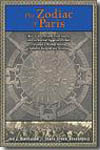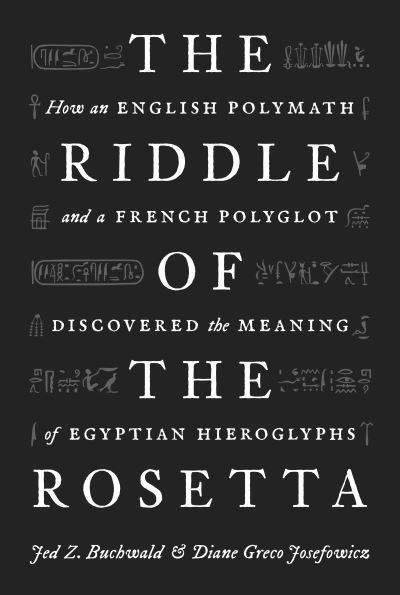The zodiac of Paris
how an improbable controversy over an Ancient Egyptian artifact provoked a modern debate between religion and science
- ISBN: 9780691145761
- Editorial: Princeton University Press
- Fecha de la edición: 2010
- Lugar de la edición: Princeton (New Jersey). Estados Unidos de Norteamérica
- Encuadernación: Cartoné
- Medidas: 23 cm
- Nº Pág.: 405
- Idiomas: Inglés

The Dendera zodiac - an ancient bas-relief temple ceiling adorned with mysterious symbols of the stars and planets - was first discovered by the French during Napoleon's campaign in Egypt, and quickly provoked a controversy between scientists and theologians. Brought to Paris in 1821 and ultimately installed in the Louvre, where it can still be seen today, the zodiac appeared to depict the nighttime sky from a time predating the Biblical creation, and therefore cast doubt on religious truth. "The Zodiac of Paris" tells the story of this incredible archeological find and its unlikely role in the fierce disputes over science and faith in Napoleonic and Restoration France. The book unfolds against the turbulence of the French Revolution, Napoleon's breathtaking rise and fall, and the restoration of the Bourbons to the throne. Drawing on newspapers, journals, diaries, pamphlets, and other documentary evidence, Jed Buchwald and Diane Greco Josefowicz show how scientists and intellectuals seized upon the zodiac to discredit Christianity, and how this drew furious responses from conservatives and sparked debates about the merits of scientific calculation as a source of knowledge about the past. The ideological battles would rage until the thoroughly antireligious Jean-Francois Champollion unlocked the secrets of Egyptian hieroglyphs - and of the zodiac itself. Champollion would prove the religious reactionaries right, but for all the wrong reasons. "The Zodiac of Paris" brings Napoleonic and Restoration France vividly to life, revealing the lengths to which scientists, intellectuals, theologians, and conservatives went to use the ancient past for modern purposes.







